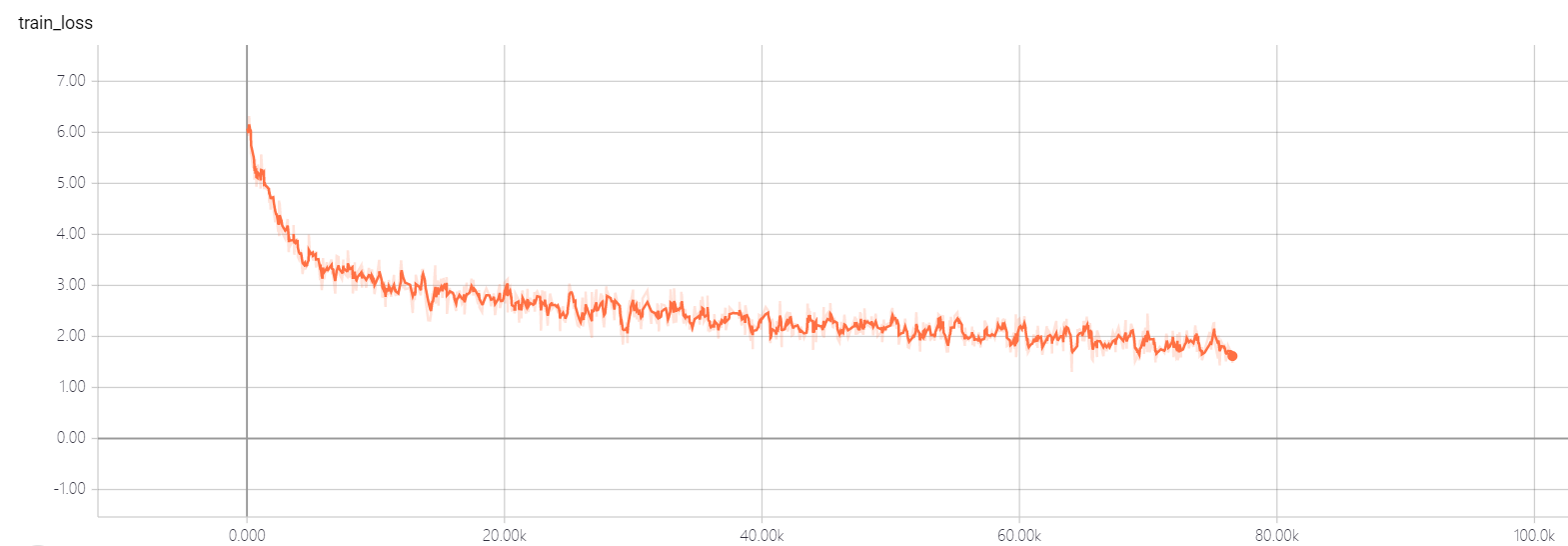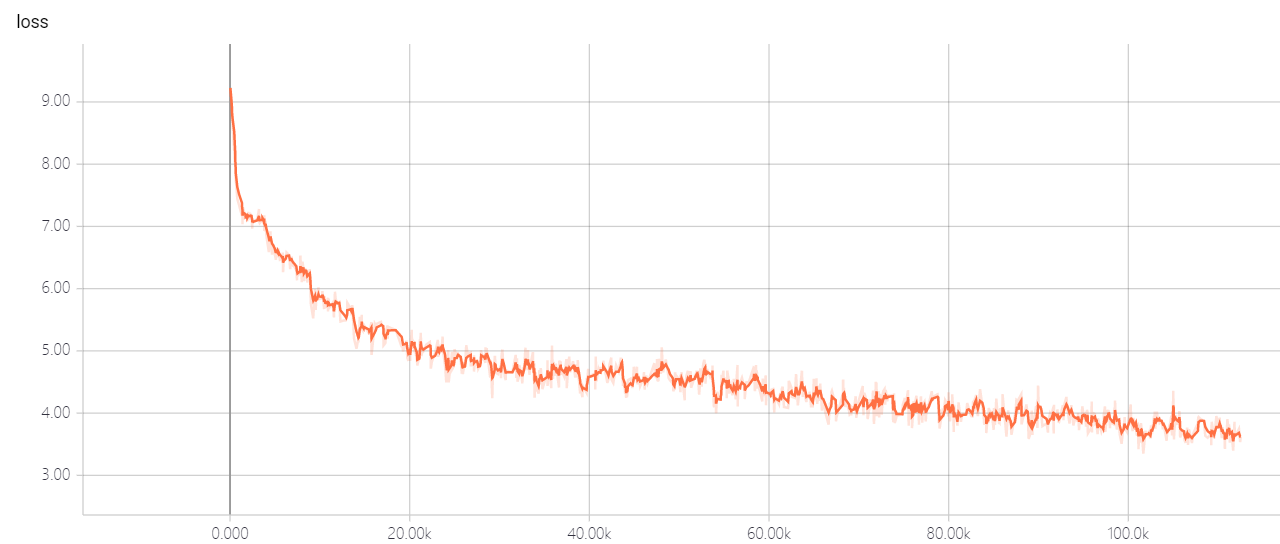xiongma / Transformer Pointer Generator
Programming Languages
Labels
Projects that are alternatives of or similar to Transformer Pointer Generator
A Abstractive Summarization Implementation with Transformer and Pointer-generator
when I wanted to get summary by neural network, I tried many ways to generate abstract summary, but the result was not good. when I heared 2018 byte cup, I found some information about it, and the champion's solution attracted me, but I found some websites, like github gitlab, I didn't find the official code, so I decided to implement it.
Requirements
- python==3.x (Let's move on to python 3 if you still use python 2)
- tensorflow==1.12.0
- tqdm>=4.28.1
- jieba>=0.3x
- sumeval>=0.2.0
Model Structure
Based
My model is based on Attention Is All You Need and Get To The Point: Summarization with Pointer-Generator Networks
Change
- The pointer-generator model has two mechanisms, which are copy mechanism and coverage mechanism, I found some materials, they show the Coverage mechanism doesn't suit short summary, so I didn't use this mechanism, just use the first one.
- Pointer generator model has a inadequacy, which can let the loss got nan, I tried some times and wanted to fix it, but the result was I can't, I think the reason was when calculate final logists, it will extend vocab length to oov and vocab length, it will get more zeroes. so I delete the mechanism of extend final logists, just use their mechanism of deocode from article and vocab. there is more detail about it, in this model, I just use word than vocab, this idea is from bert.
Structure

Training
- STEP 1. download the dataset, pwd is ayn6, the dataset is LCSTS by pre processed, so you will see very different dataset structure with LCSTS in the file each line is abstract and article, they split by ",", if you worry the amount of the dataset is different between my and LCSTS, don't worry, the amout of the dataset is same as LCSTS.
- STEP 2. Run the following command.
python train.py
Check hparams.py to see which parameters are possible. For example,
python train.py --logdir myLog --batch_size 32 --train myTrain --eval myEval
My code also improve multi gpu to train this model, if you have more than one gpu, just run like this
python train.py --logdir myLog --batch_size 32 --train myTrain --eval myEval --gpu_nums=myGPUNums
| name | type | detail |
|---|---|---|
| vocab_size | int | vocab size |
| train | str | train dataset dir |
| eval | str | eval dataset dir |
| test | str | data for calculate rouge score |
| vocab | str | vocabulary file path |
| batch_size | int | train batch size |
| eval_batch_size | int | eval batch size |
| lr | float | learning rate |
| warmup_steps | int | warmup steps by learing rate |
| logdir | str | log directory |
| num_epochs | int | the number of train epoch |
| evaldir | str | evaluation dir |
| d_model | int | hidden dimension of encoder/decoder |
| d_ff | int | hidden dimension of feedforward layer |
| num_blocks | int | number of encoder/decoder blocks |
| num_heads | int | number of attention heads |
| maxlen1 | int | maximum length of a source sequence |
| maxlen2 | int | maximum length of a target sequence |
| dropout_rate | float | dropout rate |
| beam_size | int | beam size for decode |
| gpu_nums | int | gpu amount, which can allow how many gpu to train this model, default 1 |
Note
Don't change the hyper-parameters of transformer util you have good solution, it will let the loss can't go down! if you have good solution, I hope you can tell me.
Evaluation
Loss
- Transformer-Pointer generator
 * Transformer
* Transformer
 As you see, transformer-pointer generator model can let the loss go down very quickly!
As you see, transformer-pointer generator model can let the loss go down very quickly!
